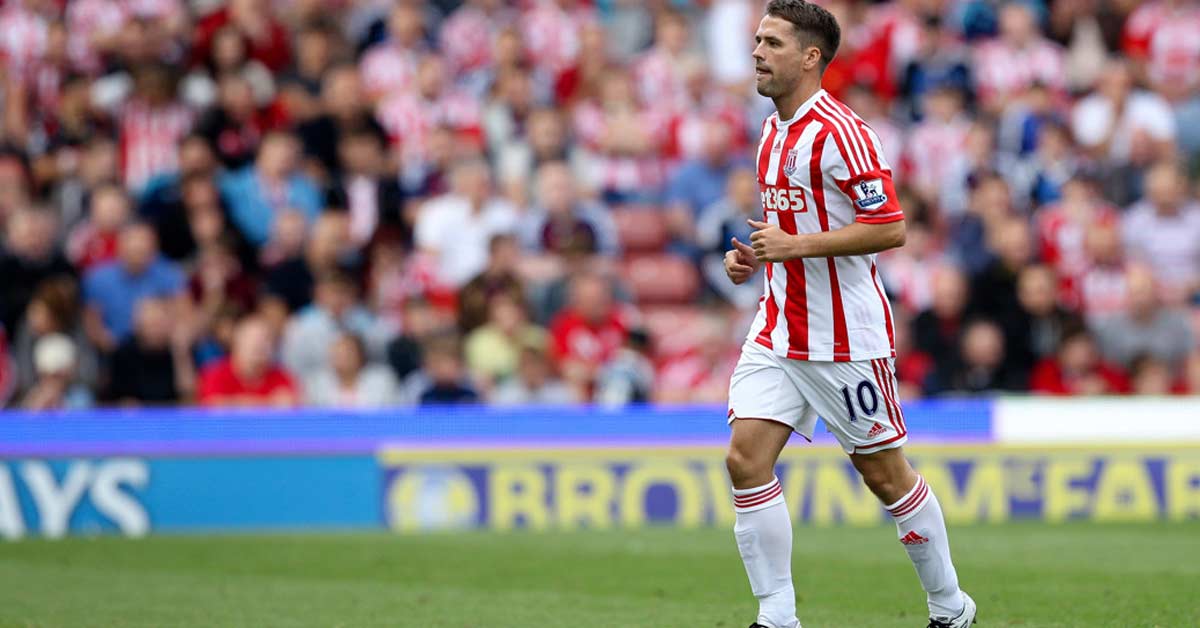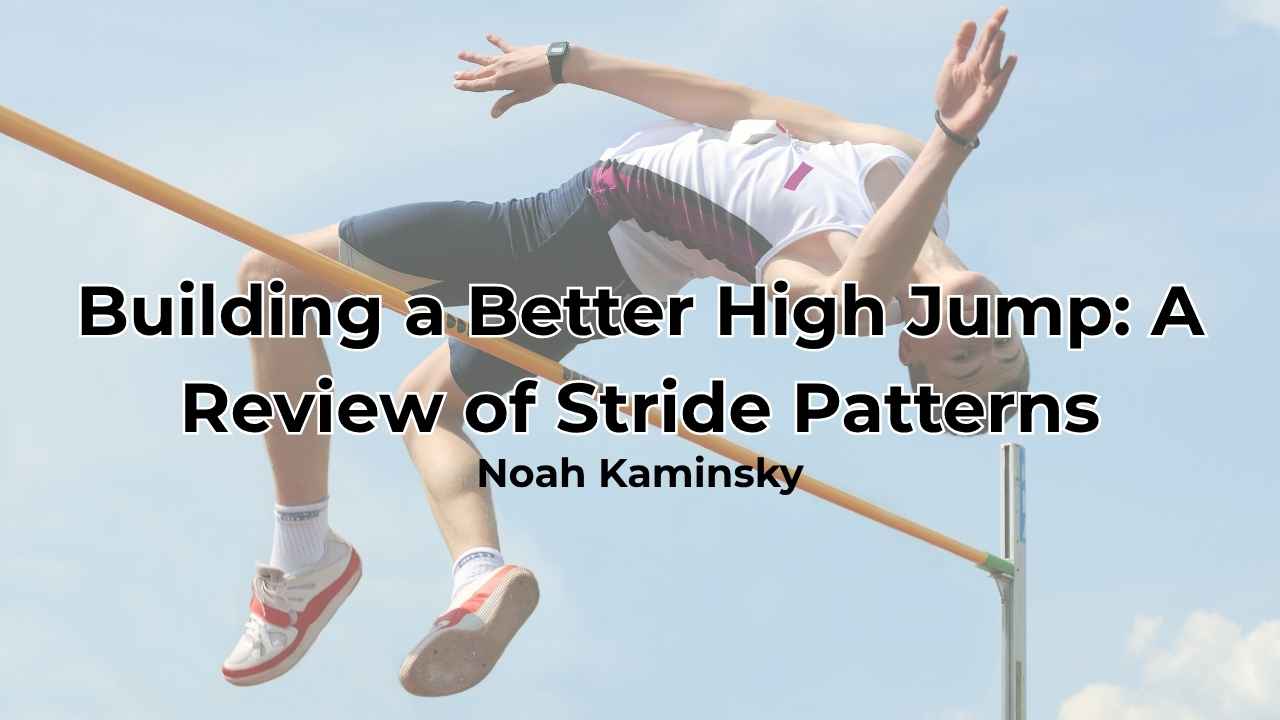In 1998, Michael Owen became the youngest England player ever to play at a World Cup when he was brought on as a substitute in England’s first group game, a 2-0 win against Tunisia. Owen was also a substitute in the next game, before starting the final group match, a 2-0 victory over Colombia. In the quarterfinals, the 18-year-old Owen was again chosen to start the match—this time against Argentina. In the 16th minute, with the score tied 1-1, Owen received the ball just inside the Argentina half, dribbled past two of their most experienced defenders, and coolly finished from just outside the penalty box.
It was an amazing goal, and one that led to him being voted the BBC Sports Personality of the Year.
The assumption was that, being this good at 18, Owen would go on to become a world-beater: the best player on the planet. Things didn’t quite work out as planned. Although he had a couple of successful seasons following his breakthrough, Owen eventually moved to Newcastle—where the team was relegated—and Manchester United (where he was largely a bit-part player), before ending his career, aged 33, at Stoke City.
At least Owen got to play on the biggest stage. At age 12, Sonny Pike had the world at his feet. The British player had a trial at Ajax, the Dutch club renowned for developing successful world class players; later, he had trials at Chelsea. At 14, he was part of a McDonald’s advertising campaign, and had his legs insured for £1 million. Much was made of Pike’s talent—he was compared to Pele and Maradona—but he retired from football in 2001, aged just 18, having never played a professional game.
Key Predictors for Success
The stories of Pike and Owen highlight the sporting world’s obsession with youngsters, with the implicit—and sometimes explicit—notion that being good at a young age transfers to senior success. We see this in track and field all the time: athletes who are successful at the under-18 and under-20 levels being promoted as those that will soon become world-beaters.
To an extent, I experienced this in my own career; having come 3rd at the World Under-18 Championships and 1st at the European Under-20 Championships over 100m, and with the London 2012 Olympics just seven years away, I was heralded as a potential gold medal winner at those Games.
That, of course, didn’t happen.
Despite these cautionary tales, many people believe that what makes a good junior athlete also makes a successful senior athlete, and point to factors such as conversion from World Under-20 to senior squads as evidence of effective (or ineffective) systems. However, a recent study published in Sports Medicine suggests that the predictors of junior and senior elite performance are in fact, in many cases, opposite.
Despite these cautionary tales, many people believe that what makes a good junior athlete also makes a successful senior athlete, says @craig100m. Share on XTo reach their conclusion, the study authors conducted an extensive literature search, finding 71 studies comprising 9,241 athletes (both male and female) from across the globe. Two-thirds of the athletes combined into the meta-analysis were from team sports, 24% from centimeter-gram-second (CGS) sports (such as athletics, rowing, and weightlifting), with the rest from combat, artistic, and other sports.
Athletes were designated junior status based on the definition of the international federation. For athletics, this would be under-20 athletes (defined as competing up to and including the year of their 19th birthday). Overall, 5,690 of the athletes comprising the meta-analysis were juniors, and 3,551 were seniors. Finally, the authors split the athletes into four groups:
- World Class—athletes who placed in the top-10 at major international senior or junior world or continental championships (1,003 in total).
- National Class—athletes who were part of a national squad, and/or achieved a top-10 finish at the national championships, and/or played in the highest national league (4,818 in total).
- Regional Class—athletes competing at below national standard (2,541 in total).
- Below—everyone else (879 in total).
When analyzing their data, the authors looked at some key predictor variables within the athletes, including the age at which they reached key performance milestones, the age at which they started taking part in their main sport, the amount of accumulated practice in their sport, the amount of accumulated play in their sport, and the amount of accumulated practice and play in other sports.
The results make for interesting reading.
For junior success, the predictor variables suggested that these athletes achieved key milestones earlier, started their main sport earlier, undertook more practice in their main sport, and took part in fewer other sports.
For senior success, the predictor variables suggested athletes achieved key milestones later, started the sport later, and took part in other sports to a greater extent. In senior athletes, the amount of main sport practice was less of a predictor of success than in the junior age groups (in part because at the senior level everyone has high levels of practice), and the amount of early main-sport practice was not related to senior success.
When comparing senior World Class with National Class athletes, the researchers also noted something interesting: senior world class athletes tended to start their main sport later, and accumulated significantly less main-sport practice, but significantly more practice in other sports.
Senior world class athletes tended to start their main sport later, says @craig100m. Share on XWhat Does All This Mean?
Firstly, if you want to be a successful junior, you should start your sport as early as possible, accumulate as much practice as possible, and focus your efforts on your main sport. If you want to have senior success, you should be a bit more circumspect: practice multiple other sports during your youth, and then focus on a key sport in your late teens.
Secondly, this is another nail in the coffin of the much popularized “10,000 hours” rule; accumulating as much training time as possible in one sport (“deliberate practice”) early on is negatively associated with senior success. Interestingly, senior World Class athletes appeared to accumulate less overall practice time than senior National Class athletes, suggesting that “giftedness”—whatever we might think that consists of—may be a driving factor of senior success.
Furthermore, and highlighting difficulties in talent identification, senior National Class athletes tended to be better at the junior level than senior World Class athletes, but the World Class athletes had a rapid improvement over a short-time period during late adolescence and/or early adulthood which took them to the highest level.
The authors came up with an interesting potential explanation for at least some of these differences: depleted potential. They suggest that athletes may have a similar level of potential, but when they attempt to maximize this potential may be important. Future national class athletes appear to deplete their potential earlier, in part by undertaking more sport-specific practice during their mid-teen years.
Athletes may have a similar level of potential, but when they attempt to maximize this potential may be important, says @craig100m. Share on XThis clashes with other stressors—school, sleep, homework, socializing, etc.—all of which may blunt the scope for future positive adaptations, potentially through overuse injuries or burnout. Less sport-specific practice during this age bracket, however, decreases the risk of overuse injuries and burnout, and so maintains adaptive potential for later on, when the athlete is physiologically able to harness it.
Pulling It All Together
It’s clear to see that what makes a good junior athlete is different from what makes a senior athlete. This doesn’t mean that being a good junior athlete is negative; instead, the main telling factor is how the junior athlete became “good.” If it’s based on minimal training and a high level of sport sampling, then this is potentially a marker of talent; if it’s based off lots of training and potentially early maturation, then it’s potentially a marker of a lower chance of senior success.
What makes a good junior athlete is different from what makes a senior athlete, says @craig100m. Share on XAs such, focusing on enhancing junior performance through accumulating high levels of sport-specific training is potentially damaging to senior success, but positive for junior success. This means that we might, to some extent, be forced to choose—and that expecting successful junior athletes to become successful senior athletes may be a false prophecy.
Lead Photo by Kieran McManus/BPI/Icon Sportswire
Since you’re here…
…we have a small favor to ask. More people are reading SimpliFaster than ever, and each week we bring you compelling content from coaches, sport scientists, and physiotherapists who are devoted to building better athletes. Please take a moment to share the articles on social media, engage the authors with questions and comments below, and link to articles when appropriate if you have a blog or participate on forums of related topics. — SF






